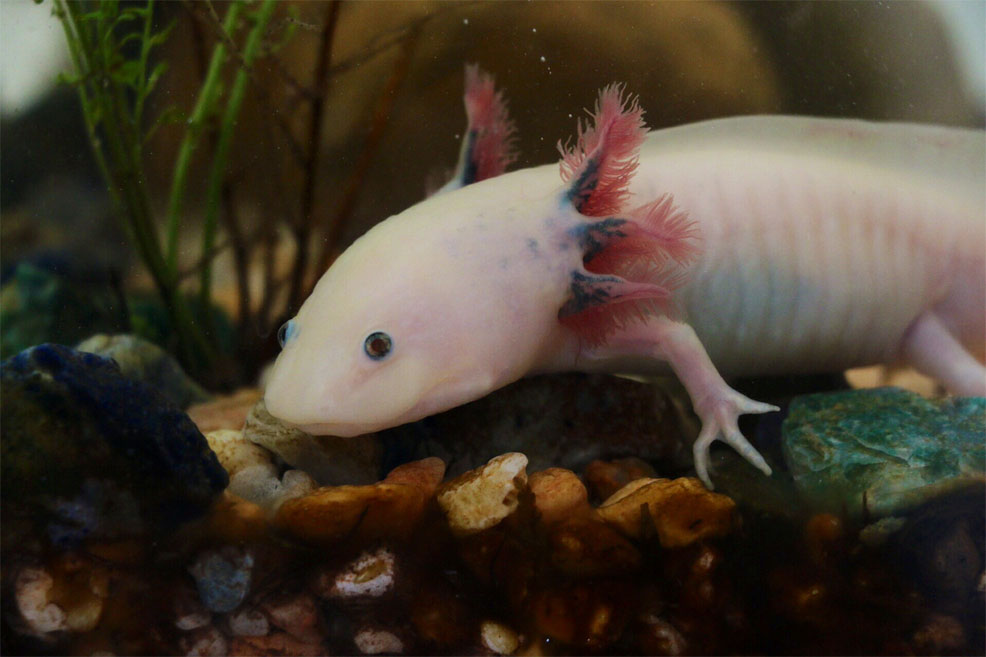
28th January 2019 Axolotl genome could lead to human body regeneration The longest ever animal genome sequencing – that of the axolotl – has been completed by the University of Kentucky.
How are some animals able to regrow body parts? Is it possible that humans could do the same? If scientists could unlock the secrets that confer those animals with this remarkable ability, the knowledge could have profound significance in future clinical practice. Scientists at the University of Kentucky have brought this sci-fi concept a step closer to reality by assembling the complete genome of the axolotl, a salamander whose only native habitat is a lake near Mexico City. "It's hard to find a body part they can't regenerate: the limbs, the tail, the spinal cord, the eye, and in some species, the lens, even half of their brain has been shown to regenerate," said Randal Voss, a professor in the UK Spinal Cord and Brain Injury Research Center and co-author on the study, which is published in the journal Genome Research. Axolotls have long been prized as models for regeneration. Though humans share many of the same genes with axolotl, the salamander genome is approximately ten times larger, presenting a formidable challenge in terms of genetic analysis. "Just a few years ago, no one thought it possible to assemble a 30+ gigabyte genome," said Jeramiah Smith, an associate professor in the Department of Biology at Kentucky. "We have now shown it is possible using a cost-effective and accessible method, which opens up the possibility of routinely sequencing other animals with large genomes." As proof of concept, Voss and Smith used the assembled data to rapidly identify a gene that causes a heart defect in an axolotl, thus providing a new model of human disease. "Biomedical research is increasingly becoming a genetically-driven enterprise," said Voss. "To understand human disease, you have to be able to study gene functions in other organisms like the axolotl. Now that we have access to genomic information, we can really start to probe axolotl gene functions and learn how they are able to regenerate body parts. Hopefully someday we can translate this information to human therapy, with potential applications for spinal cord injury, stroke, joint repair... The sky's the limit, really."
Comments »
If you enjoyed this article, please consider sharing it:
|







